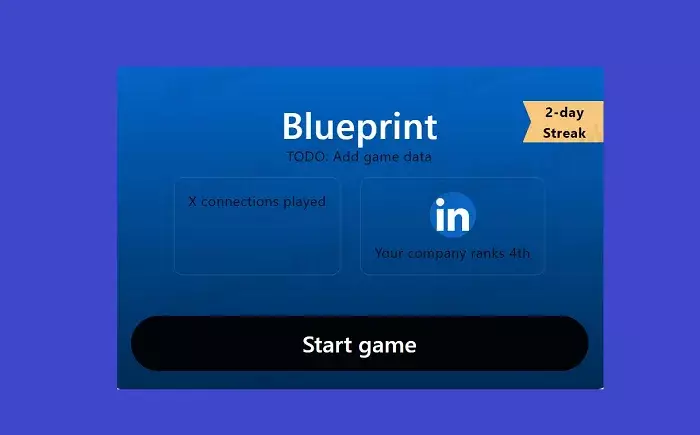LinkedIn, the popular professional networking platform, has recently announced its plans to introduce a new in-app gaming element. This new feature will allow users to participate in puzzle games within the app, with their scores contributing to their company’s overall performance for competitive corporate rankings.
The development of this gaming platform by LinkedIn, as revealed by app researcher Nima Owji, includes the creation of three games – “Queens”, “Crossclimb” and “Inference”. These games are designed to be simple, puzzle-type games that aim to engage users and encourage participation. The game UI will display the number of connections who have also played the game and the company’s ranking, adding a competitive element to the experience.
This move by LinkedIn seems somewhat unexpected and out of place for a platform dedicated to professional networking. It appears to be a strategic effort to increase user engagement and time spent on the app. While the addition of games may attract users initially, the long-term impact on the platform’s core mission of connecting professionals to economic opportunities remains questionable.
Potential Impact on User Engagement
The introduction of the gaming element on LinkedIn is likely to attract a wide audience who are interested in competing for top rankings within their company. This gamification strategy may create a sense of loyalty and commitment among employees towards their employers as they strive to achieve high scores.
However, the mechanics of how these rankings will be calculated remain unclear. Will a company with multiple employees have an advantage over smaller businesses with fewer users? The implementation of a fair and transparent ranking system will be crucial to maintain the integrity and competitiveness of the games.
The question arises whether the introduction of gaming aligns with LinkedIn’s broader mission of connecting professionals to economic opportunities. While the gaming feature may enhance user engagement and spur conversations among users, it may not directly contribute to achieving the platform’s core objectives.
Despite potential concerns about the alignment with LinkedIn’s mission, the introduction of gaming is a strategic move to capitalize on the current trend of gamification in social media platforms. By incorporating elements of fun and competition, LinkedIn aims to maintain its position as a leading networking platform with high levels of engagement.
The introduction of an in-app gaming element by LinkedIn represents a bold step towards increasing user engagement and time spent on the platform. While the addition of games may attract a diverse audience and create a sense of competition among users, the long-term impact on LinkedIn’s core mission remains uncertain.
It is essential for LinkedIn to carefully monitor the implementation of the gaming platform and consider feedback from users to ensure that it aligns with their expectations and preferences. Ultimately, the success of this new feature will depend on its ability to enhance user experience while maintaining the platform’s focus on professional networking and economic opportunities.


Leave a Reply